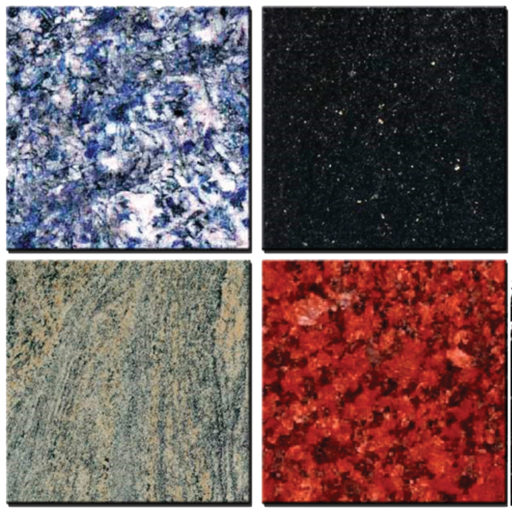Often, natural stone slabs get referenced to as pieces of art, and we have to say – We agree!
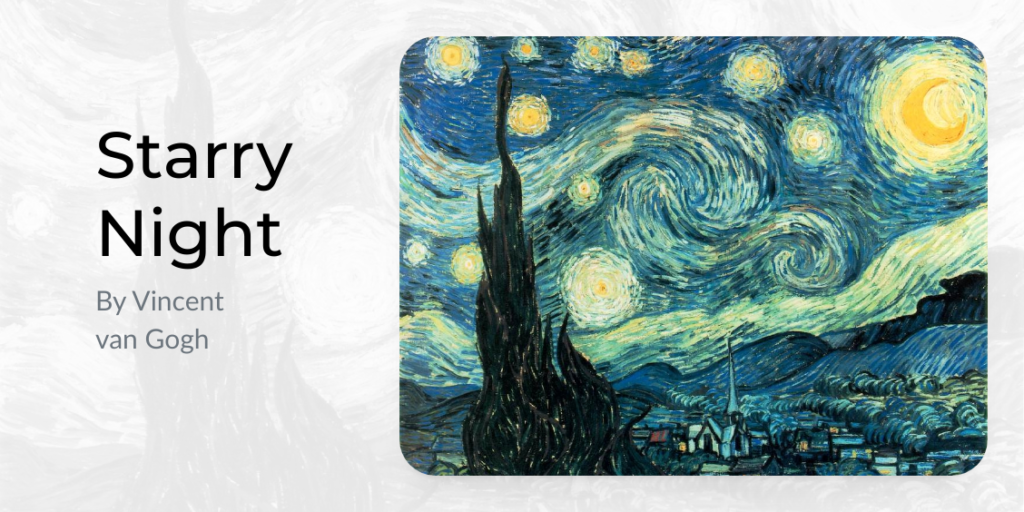

Van Gogh’s use of color and brushwork contributes to the emotional impact of the painting. The swirling sky, expressive strokes, and vibrant colors evoke a sense of mystery, tranquility, and a deep connection to nature. The painting is considered a prime example of Van Gogh’s unique artistic style and his ability to convey his inner emotions through his art. Similar patterns and blue tones can be found in Starry Night Marble.
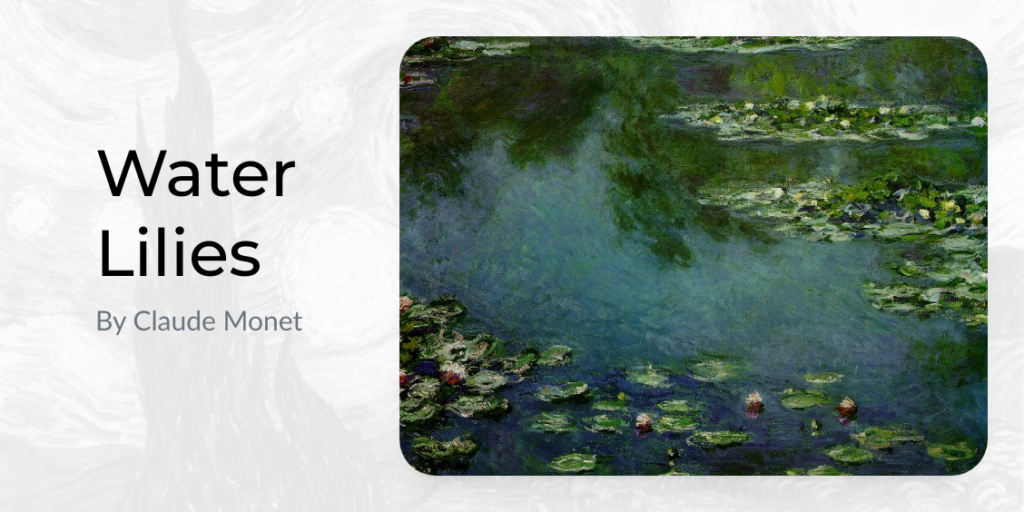

In terms of color, Monet’s “Water Lilies” series is characterized by a harmonious and vibrant palette. The dominant colors used in these paintings are various shades of greens and blues. These colors are blended and layered together to create a sense of depth and movement. Similar patterns and tones can be found in Ocean Fantasy Quartzite.
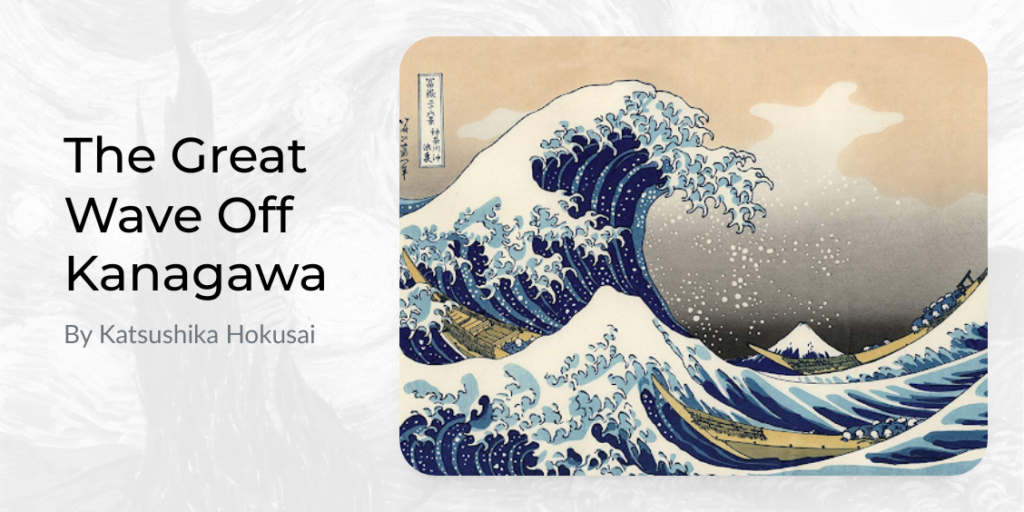

Hokusai’s use of color and composition is striking. The wave dominates the foreground, occupying a significant portion of the print, while Mount Fuji stands calmly in the background, dwarfed by the wave’s enormity. The contrast between the wave’s turmoil and the mountain’s tranquility creates a sense of tension and awe.
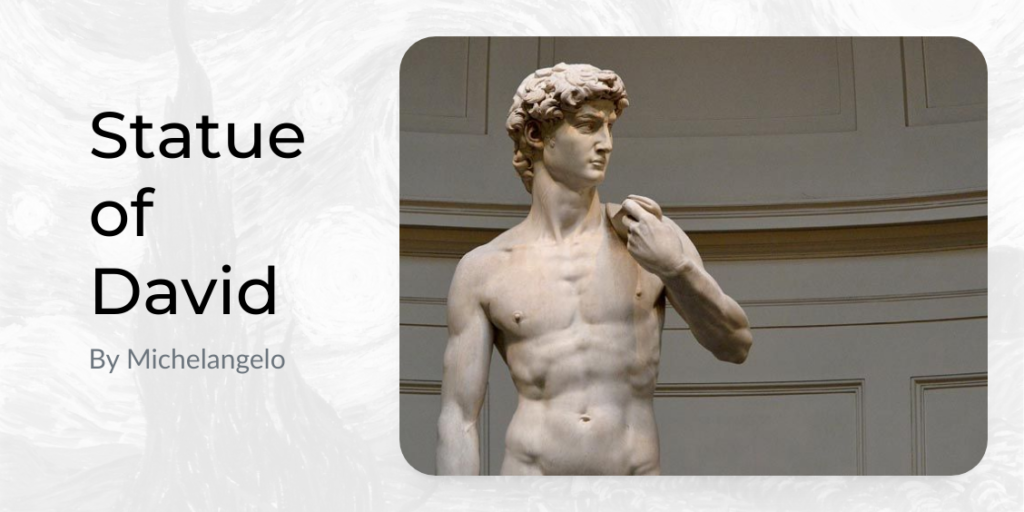

The beauty of the statue of David is a testament to the artistic genius of Michelangelo and the mastery he achieved in sculpting the human form. It is widely regarded as one of the greatest masterpieces of all time, and its beauty lies in several aspects. The coloring of Cristal perfectly represents its timeless weathered look.


Today, the color and texture of the Sphinx can vary depending on the section of the sculpture and the degree of restoration it has undergone. The original limestone color may be visible in certain areas that have remained relatively untouched, while restored sections could appear slightly different due to the use of new materials.
In general, the Great Sphinx’s color can be described as a weathered, yellowish-brown tone, while its texture is rough, uneven, and marked by the passage of time and restoration efforts. This appearance is perfectly reflected in Bronzita Quartzite.


The composition of “Ballet Rehearsal” is centered around a group of ballet dancers, predominantly female, in various poses and stages of practice. The scene is set in a spacious dance studio, with a wooden floor and large mirrors reflecting the dancers’ movements. Soft, diffused light illuminates the scene, casting subtle shadows and creating a serene ambiance. This same ambiance can be seen in Monet Quartzite.
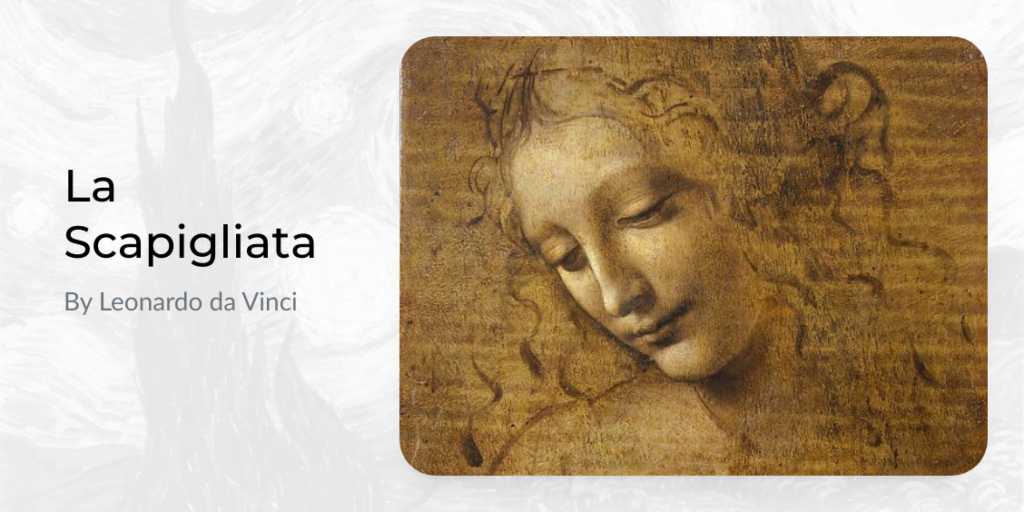

The color palette of “La Scapigliata” is rich and warm, with earthy tones dominating the composition. Shades of browns, ochres, and warm grays create a harmonious and subdued atmosphere, enhancing the woman’s introspective mood. The background is kept minimal, allowing the viewer’s focus to remain on the subject. Perfectly representing Splendido Quartzite.
